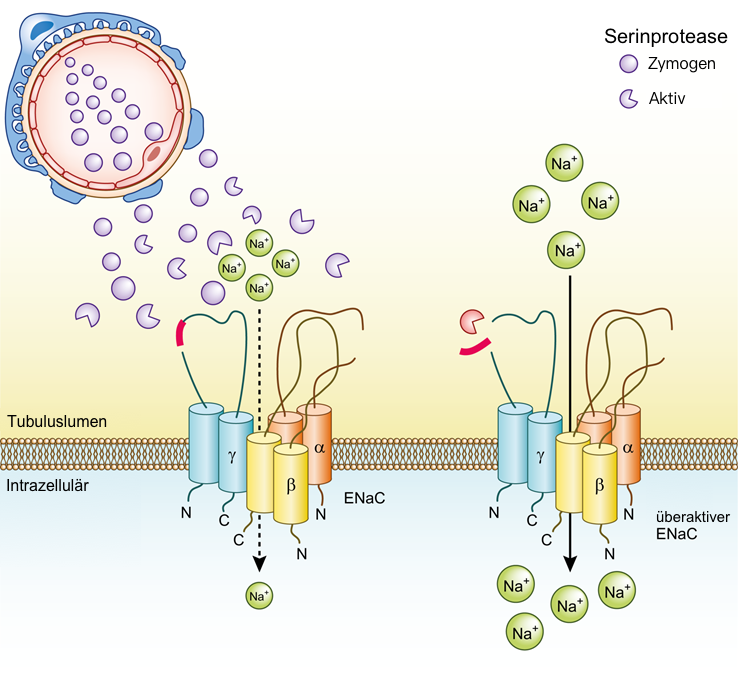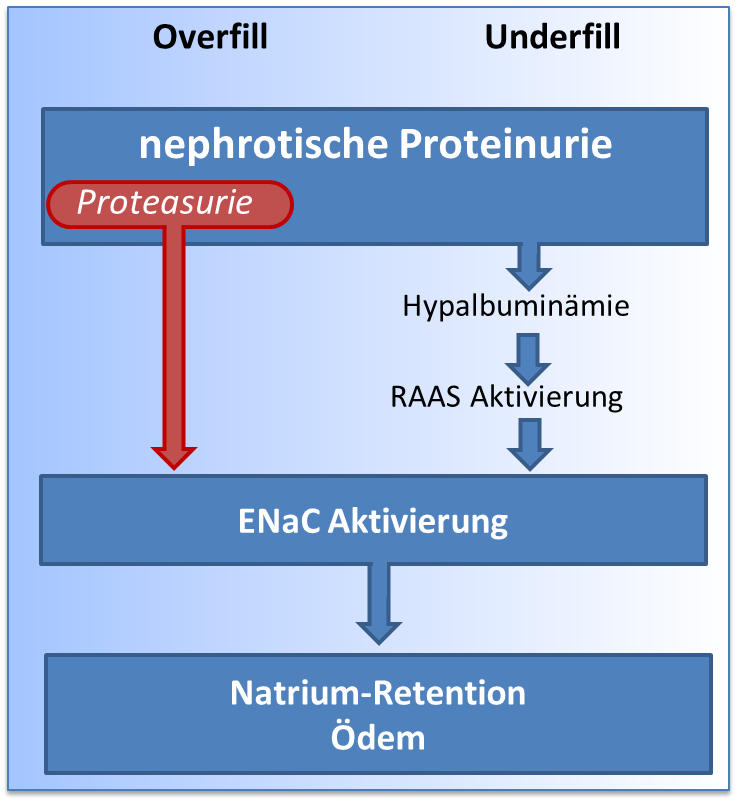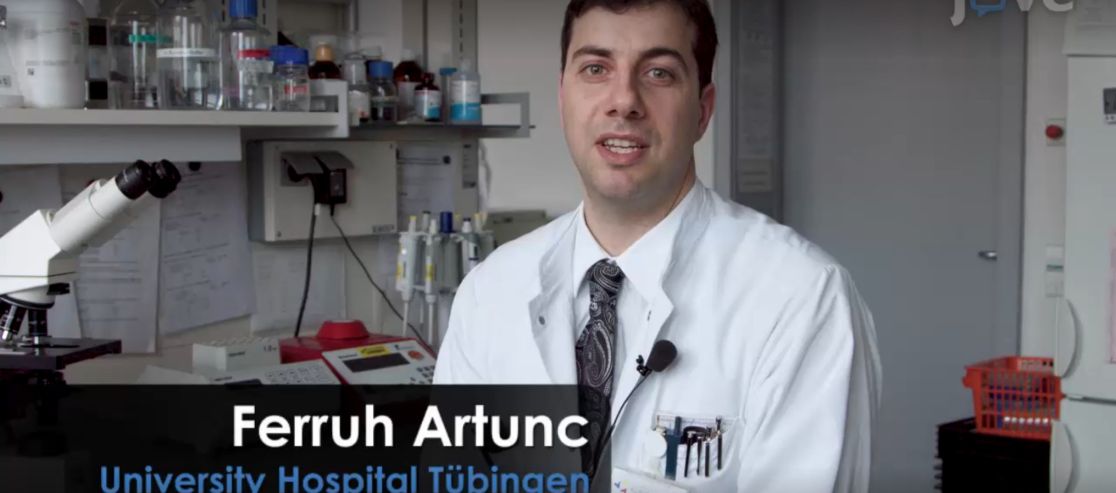The research group of Prof. Dr. medical Ferruh Artunc addresses the importance of urinary excretion of active proteases in nephrotic syndrome, which has been termed proteasuria. Recent data indicate that proteasuria plays an important pathophysiological role in the development of typical sequelae of nephrotic syndrome such as sodium retention, hyperlipidemia, hypercoagulability and progressive kidney damage. The identification of the proteases involved could lay the foundation for new therapeutic approaches to treat patients with nephrotic syndrome through targeted inhibition of protease activity in the urine. In the nephrotic mouse model, this was shown to completely prevent sodium retention without quantitatively reducing proteinuria (Bohnert et al. Kidney International 2018).
Pathophysiology of Nephrotic Syndrome
Head of the Research group

Modell der Aktivierung des epithelialen Natriumkanals im Rahmen der Proteasurie bei nephrotischem Syndrom
Epithelial sodium channel activation model in the context of proteasuria in nephrotic syndrome
In glomerular disease, aprotinin-sensitive serine proteases are excreted in the urine (proteasuria) and, after their own activation, can stimulate the ENaC in the distal tubule by cleavage at the γ subunit, which leads to sodium retention and the development of edema. The activation of the ENaC in nephrotic syndrome was characterized by our group in various nephrotic animal models. The edema could be prevented both by ENaC inhibition using amiloride and by inhibition of urinary protease activity. The identity of the relevant serine proteases is the subject of intensive research in our group. Proteasuria as part of proteinuria leads to primary ENaC activation in the sense of the overfill theory and can be superimposed by underfill in severe hypoalbuminemia. Both approaches together result in ENaC-mediated renal sodium retention and edema.
Studie an Patienten mit akutem nephrotischen Syndrom (EUDRACT-Nummer: 2019-002607-18)
Study in patients with acute nephrotic syndrome (EUDRACT number: 2019-002607-18)
In the randomized intervention study initiated by our group, the effectiveness of the ENaC blocker amiloride in reducing edema in nephrotic syndrome is to be tested in comparison to the standard treatment with furosemide. Patients with acute nephrotic syndrome and edema are recruited. Overhydration is determined by bioimpedance spectroscopy. In the course of the study, dose adjustments or the addition of hydrochlorothiazide are planned depending on response. The study duration for participating patients includes a therapy duration of 16 days after the inclusion examination.
For more information see:
Inclusion Criteria
1. acute nephrotic syndrome with proteinuria > 3 g/day and occurrence of edema.
2. age ≥ 18 years at the time of signing the informed consent form.
3.Consent to study participation, ability to comply with study visit schedule and other protocol requirements.
Exclusion criteria
1. GFR < 30 ml /min/1.73 m² or acute kidney injury KDIGO stage 2 or 3.
2. hypotension, systolic blood pressure < 90 mm Hg
3. electrolyte disturbances: Potassium > 4.8 mmol/l, potassium < 3.3 mmol/l, sodium < 128 mmol/l, ionized calcium > 2.0 mmol/l or total albumin corrected calcium > 3.0 mmol/l
4. signs of cardiac decompensation (orthopnea, dyspnea NYHA IV); uncontrolled diabetes mellitus; hepatic coma or precoma; gout symptoms
5. women during pregnancy and lactation; known intolerance to amiloride, furosemide, or HCT; and any other clinical condition that would jeopardize the patient's safety during participation in this clinical trial
6. active participation in other clinical trials or observation period of competing trials.
We ask that you support our study. Reach out to appropriate patients and contact us if there is interest in participating in the study. Your patient will then receive an immediate appointment for inclusion testing. You are also welcome to contact us if you would like further information.

Medienbeiträge

Overview:
Uncovering the Mechanisms Behind Nephrotic Syndrome to Develop Novel Therapeutics
Doxorubicin-induced mouse nephrotic syndrome
Induction of Nephrotic Syndrome in Mice by Retrobulbar Injection of Doxorubicin and Prevention of Volume Retention by Sustained Release Aprotinin
Watch videoOverview of the projects of Prof. Dr. medical Ferruh Artunc
Basic research:
- Significance and role of proteasuria in nephrotic syndrome (Dr. Bernhard Bohnert)
- Model of activation of the epithelial sodium channel in the context of proteasuria in nephrotic syndrome (Dr. Bernhard Bohnert, Daniel Essigke)
- Research into the role of serine proteases in the development of edema in the context of nephrotic syndrome (DFG-funded projects AR 1092/3-1 and AR 1092/2-2, M.Sc. biochem. Matthias Wörn, Kingsley Omage, PhD)
- Doxorubicin-induced mouse nephrotic syndrome and the impact of the deficiency of individual serine proteases (Zaher Kalo, cand. med. Lingsi Kong, Jonas C. Schneider, Firas Batbouta, Stefan Wörner, Thomas Dörffel)
- Mouse podocin-deficient nephrotic syndrome
- Impact of insulin resistance on tubular transport
Clinical research:
- Study in patients with acute nephrotic syndrome (EUDRACT number: 2019-002607-18); Dr. Anja Schork, cand. med. Elizabeth Vogel
- Complications of peritoneal dialysis (Yavuz Örnek)
- Hemodynamic parameters in patients undergoing hemodialysis (cand. med. David König, Leonhard Narushima)
- Measurement of body composition and volume status with the Body Composition Monitor (BCM) in patients with chronic kidney disease and treatment with SGLT2 inhibitors (Dr. Anja Schork, Janine Saynisch, cand. med. Marie-Luise Eberbach)
- Significance of erythrocyte apoptosis in renal anemia (Dr. Rosi Bissinger, cand. med. Lina Schäfer)
- Exact GFR measurement in patients with type 2 diabetes mellitus and persons with prediabetes (cand. med. Mareike Neumann)
Related links
Certificates and Associations

Focus: Top National Hospital 2025

Stern: Germany's Outstanding Employers in Nursing 24/25

Quality partnership with the PKV

Family as a success factor

Pension provision for the public sector









